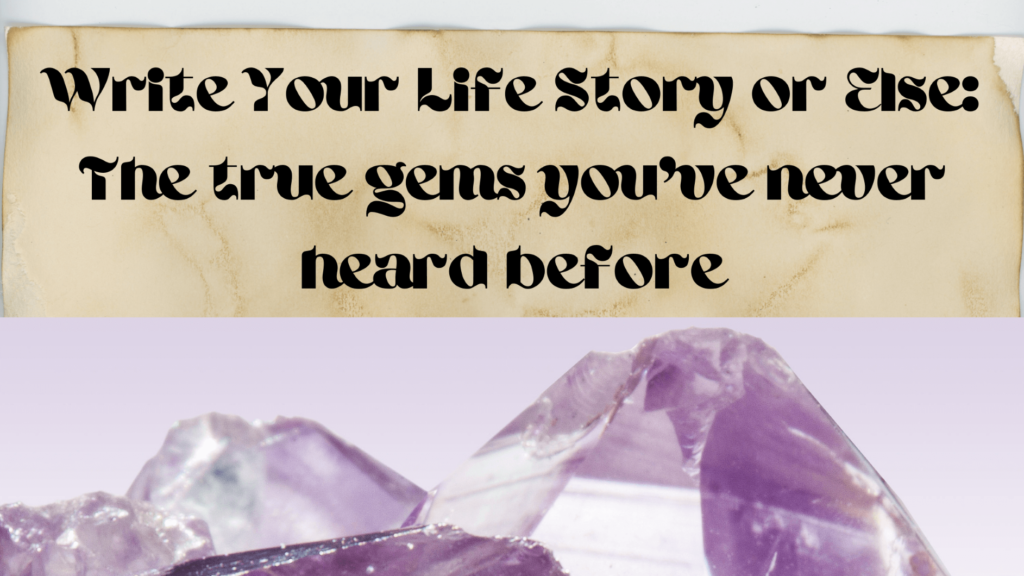
Now available in podcast. Click here to listen.
The shocked students sensed inner echoes. Their reading homework in the Vein of Gold made the point clear. Choose to write your life story or somebody else will. Are you okay with that?
Julia Cameron is the author and creator of the self-help series, The Artist Way.
She associated her assigned Narrative Timeline activity to a gloomy obituary. It was a motivational way to get her readers’ attention.
In secret, their reclaimed identity was at stake.
And these inspired students accepted her challenge.
Will you?
Read on. Look through these three unique lenses to write your best life story ever.

Victors Write in the Flow
These community college students, age nineteen to fifty-five, felt their first memory speak. What it told them was that they had an unrecognized purpose wrapped up in this recollection of their past. From this foundation, they would build a new future.
These motivated students wrote provocative episodes. And they were far better than any miniseries or motion picture I’ve seen.
The drama of betrayal, lost loves, relatives gunned down in the middle of the night, shocked me.
They talked about their physical/sexual abuse, substance addictions, identity struggles, and angelic encounters.
First, I watched as their nebulous stories circling inside their heads turned into ink. Next, I saw them enter the flow state, this place where creation is effortless. It was as if liquid gems inspired by a variety of muse dropped out of their minds to later harden on the page.
Panners in the Dirt
Yet there were other students in this classroom audience. These seekers of self-knowledge felt they had nothing valuable to say. Their voices? Silenced by the lie of their own worthlessness. Abandoned, they felt far from ready to follow the advice of Anne Lamott.
“Remember, every single thing that happened to you is yours. And you get to tell it. If people wanted you to write more warmly about them, they should have behaved better.”
-Anne Lamott
It’s true, some of us too have bought into this facade of unimportance that hides our story.
- Where’s your story’s excitement?
- The intrigue?
- Where’s the interesting dialog and details?
Redefine and Refocus Your Self Narrative
Yet why should you skip this exercise because no one else wants to read it?
What do you get from writing down your life story?
You must discover the fruit of this exercise on your own.
I can only speak for my involvement. As I told my life story, I felt a deep sense of power, and then presto, all my life experiences transformed. I felt my life and its details overflow with value.
For years, my elders told me, my rich cultural and firsthand experiences were nothing. Writing about them and the intimate details of my life gave them value. Like a child that visits a coin collector and finds his stash of cash is worth much more than its face value.
Follow Lamott’s advice.
- Be prepared to tell it all.
- Reclaim your identity.
- Rethink your purpose and life direction.
Learn a lesson from American historiography. In the past 50 years, stories of everyday people, not celebrated heroes, retold the tale of our nation.
As the zoom lens of American history pans left, cultural blemishes come into focus. As native reservations, Japanese internment camps, and slave plantations enter the era viewfinder, everything changes.
Eyewitness accounts from these situations reveal several flaws in our so-called great men. These hidden stories snap a photo of the United States during its darkest days of human rights.
Write Your Life Story Action Plan
So, believe it. You have a valuable story to tell. But if it’s hard to get it all out on paper, try a strategy. After all, if your life takes on a story’s form, you will need to slip in the gears and sprinkle on the oil of a well-told tale.
Plot, dialog, developed characterization, conflict, it first falls into position. Then, these join alongside the locations and themes in your outlines.
- Yet it’s important at first to get it all edit-free down on the page.
- There is no need to overthink your story.
- Click the Bic and get busy.
- Trust the plot will come, as well as the intrigue that lurks behind your good guy and bad guy characters.
- If leery your story lacks drama, remember the ever-present battle for your identity.
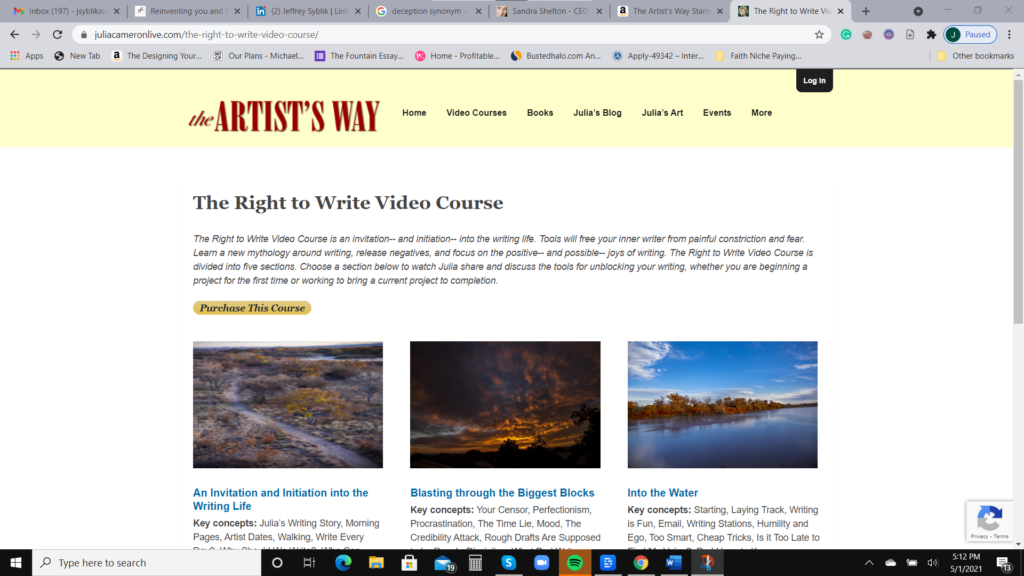
Original Life Story Destinations
There are many places on the net you can go for life story tips. But this is not that kind of post. People are often unsure of where to start in the documentation of their life stories. Note. This exercise is not a biography; it’s a narrative timeline. Big difference.
Cameron tells her students to begin from what they first remember. She believes this memory is most influential because it sticks with us above all others. Warning: this memory could occur in late childhood or older. Go with it.
Sandra Shelton in her book, Strength Bank, says it is also important to think about where you find joy.
- When are you most in the flow state in the playground of life?
- As you grew older, to what did you give most of your free time?
It’s key in our self-narrative to trace where you’ve felt joy. How has fun evolved throughout your lifetime?
- When did we lose a sense of time most?
- What were we doing in those moments?
From our earliest memory forward and the first activity we loved to do; we all begin our life stories.
Cameron next has writers fill in what I call memory catchers. These capture our important recollections in 5–10-year eras throughout our lifetimes.
As you fill in the catcher, you jot down settings, characters, motives, and story arcs unaware. All great stories have this machinery built into their plots and conflicts.
Cameron, as a side note, asks about her reader’s relationships with what she calls the three deadlies. Sex, substances, and food, as the former alcoholic explains, are cold-blooded, creativity killers.
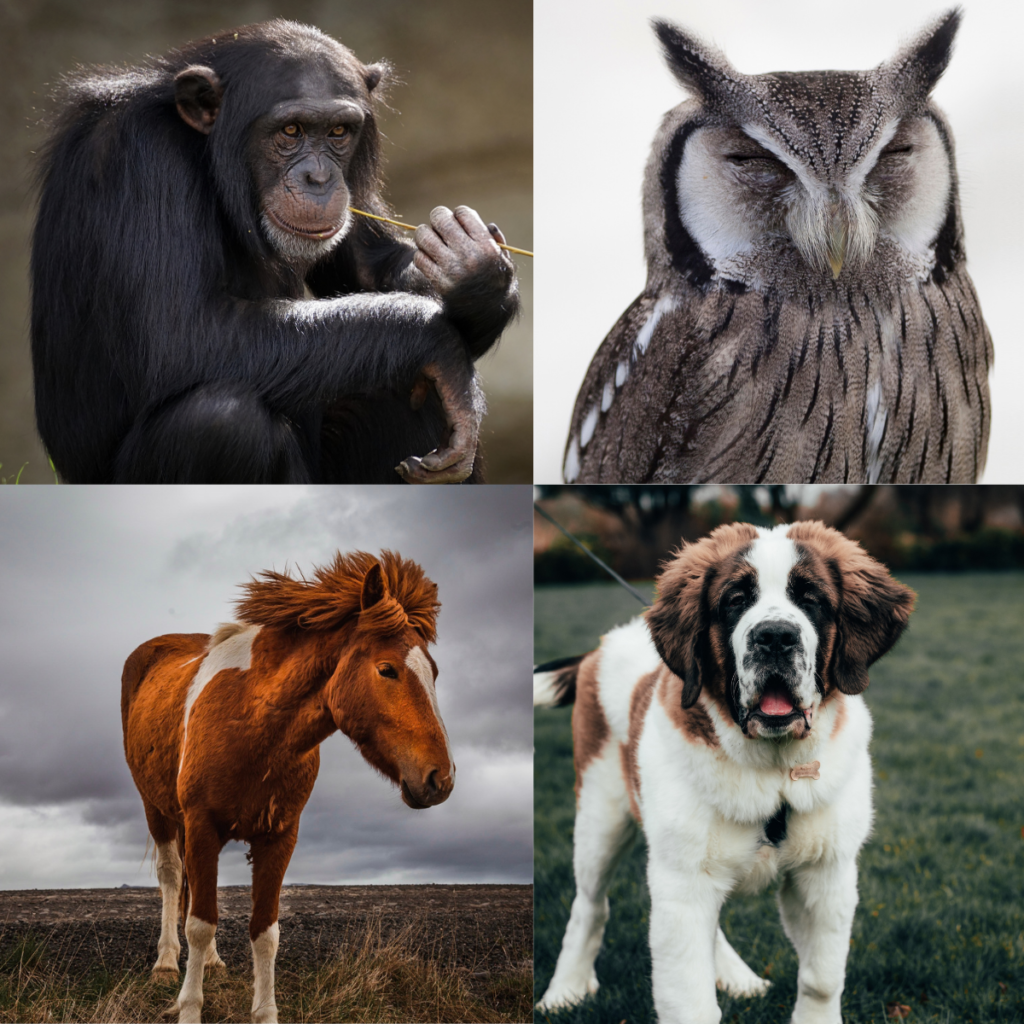
A New Flash in the Narrative Timeline Pan
Shelton’s strategy marks out a lineless time-sectioned path to your self-narrative. Her blank sheet of interlocked shapes reveals the buried excitement of memorable events. In this revelation, students hit narrative blocks.
But what about..
- The Thanksgiving vacation to Disney World?
- The novel you wrote in high school?
- The incredible summer you spent with your uncle before he got cancer?
Don’t judge your event with seriousness. If it was fun, chart it.
- Cameron’s Narrative Timeline outline captures visual time-specific and individual memorabilia and nostalgia.
- Shelton’s fill-in graphic organizer chases the disguised/forgotten fun in your life.
Shelton offers a workbook, Strength Bank to help point out your personality strengths.
Also, she uses animal-associated personality traits to give us perspective of our behaviors.
Each person soon discovers he has an animal within himself with which he most identifies. It’s Shelton’s admirable genius to reduce the enneagram into four animal types. This simplification helps us understand our situational selves and those of others.
What is an enneagram?
An enneagram is a nine-sided shape that separates human personalities into nine categories. These generalized qualities supercharge behavior analysis.
Each personality has in it a different worldview. These views have unique emotional management styles and predictable personality complements and clashes.
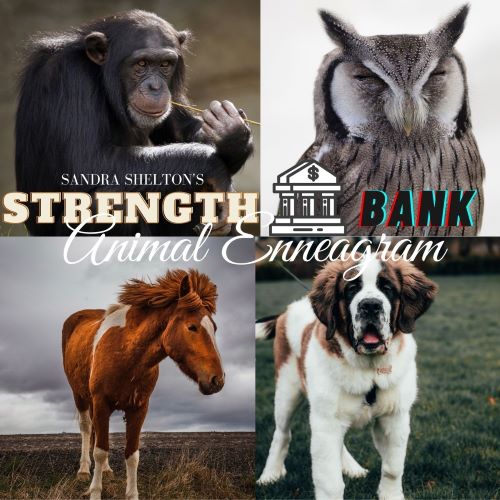
Welcome to an Animal World
With animal identification, you become aware. Soon, you notice the effect of your environment on your inner conflicts.
So, if you think back on a successful group project, you’ll see common threads in that experience.
- Chimpanzees, (attention-seekers) lighten up the driven workhorse-like mustangs.
- Owls (slow, analytical types) work well with St. Bernards or people-persons. These dogs are helpful, team-oriented, and focus on coworkers over tasks.
- Mustang personalities enjoy leadership opportunities and love to work fast.
- Chimpanzees live to entertain. When they do the work, chimpanzees like to celebrate the task with other team members.
Shelton’s Come to Center exercises show you what to do when these personalities clash. Follow her graph and see how to settle tense situations through empathy. If you adjust the pace of your speech and your focus, new work relationships develop and heal.
The more we connect with others, the better we understand them. Then, something mystical happens. Over time, our personalities shift. And we incorporate the traits of the personalities around us. But as you adopt different world views it can come without natural limitations.
For example, as the owl gives work presentations, he adopts the behavior of a chimpanzee to entertain his audience.
It doesn’t feel as natural, but to an owl everything is not a big deal or an emotional crisis.
This often is what happens to a chimp personality.
As you incorporate the best of each animal, you teach yourself how to connect and thrive.
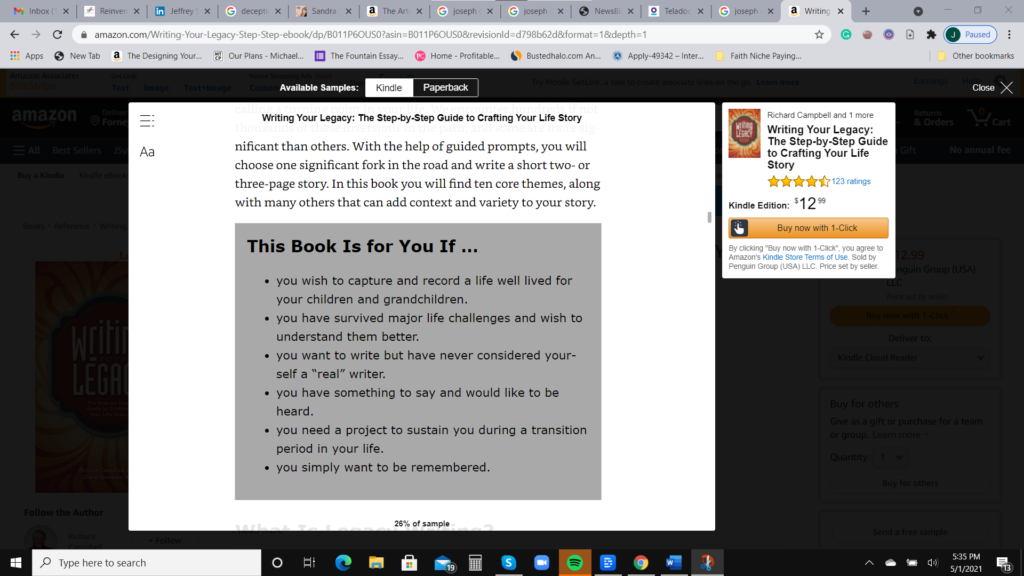
Thematic Life Story Medicine
Robert Campbell and Cheryl Svensson’s Writing Your Legacy uses thirty-six thematic chapters to complete your story. They created these ideas with a narrative tool called legacy letters.
What are legacy letters?
These are letters to family and friends that talk about what someone would like to pass on before they die. Legacy writers share lessons learned, concentrate on the intimate details of their lives, and through the process, they reimagine their possibilities.
Also, consider the negative motivators in our lives. Notice Napoleon Hill’s seven fears of man! These are the great ghosts of mankind which never stop their pursuit of our peace.
Our fears of loss of pride, love, health, life, riches, and youth–make up the forces ever present in great literature.
- What is the book Great Expectations without poverty?
- What is the fairy tale of Rapunzel without the fear of a loss of youth?
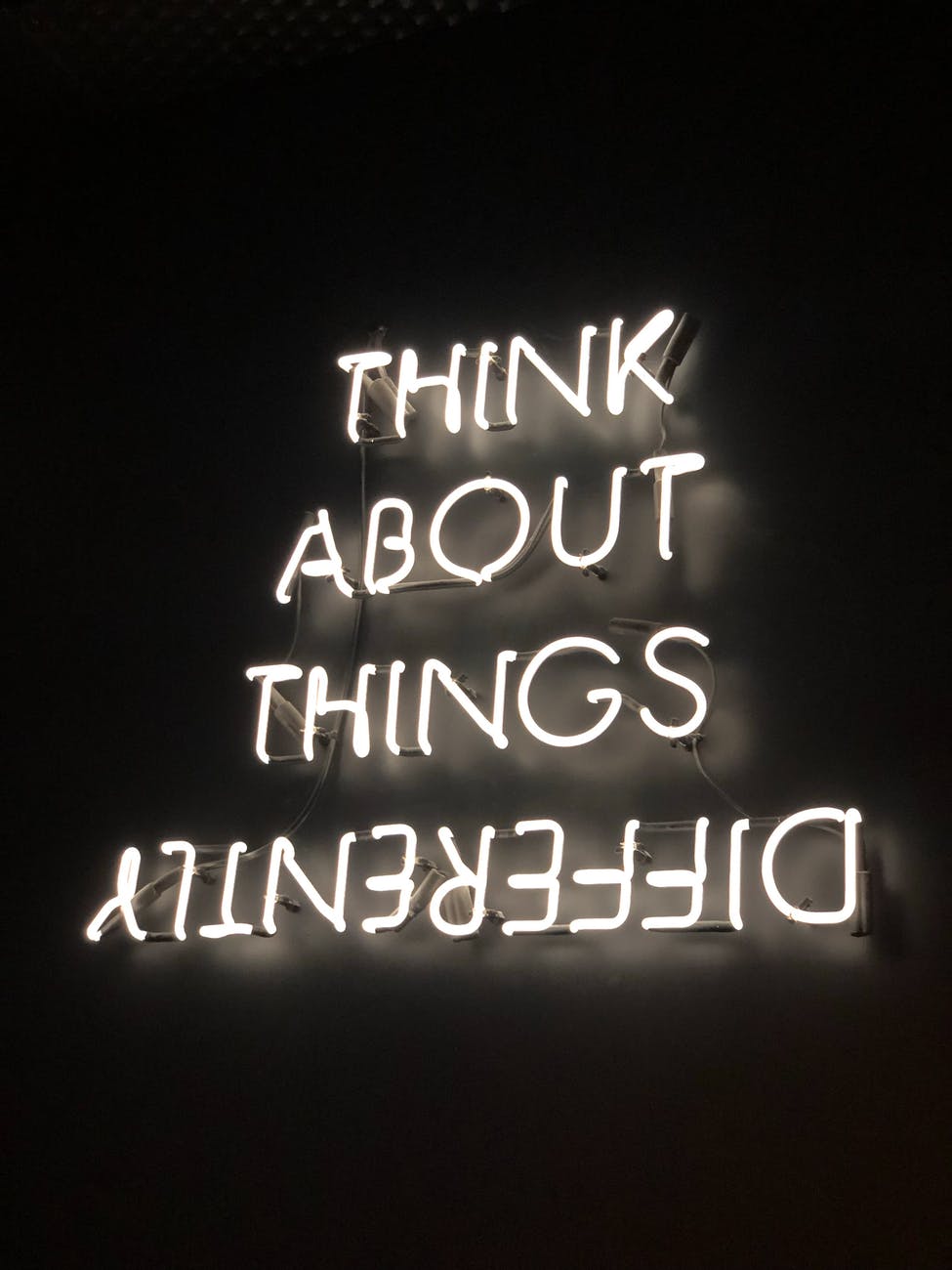
Duke it Out Y’all
Cameron, unlike Shelton or Campbell/Svensson, holds a blinding spotlight on addictions. She knows our fights with these deadlies often bend our timelines. These bouts for our control take place at the intersections of conflict in our lives.
Our unhealthy relationships with sex, drugs, and/or food can mess with our development. Often our major struggles with these pinpoint where life throws us unexpected turns.
Either we learn from the mistakes around us and adjust our lives to avoid them, or we take the same missteps.
Campbell says we may find ourselves at forks in the road. He urges authors to think about why they chose directions at these points.
This compass rose of maturity and esteem teaches us the great lessons of endurance and innovation. Use additional sources as you brush against memory lapses.
Uncover artifacts and recordings to flood your memory bank. Do interviews, find photographs, and rediscover keepsakes. These mementos often clear away the cloudiness of our memories and unlock our full life stories.
Polish up the Stones
Wherever this exercise takes you, it’s important to concentrate on personal and creative growth.
- This is everyone’s finish line.
- Storytelling loses no magic or power when it doesn’t become a best-seller.
- Tell a simple story well and you’ll earn your own reward, even if it’s not movie-rights or fame.
- Who wants to go viral and become unhealthy in the process?
Be the Jeweler of Your Self-Narrative
Write your life story to its end, and you’ll meet the biggest hurdle, yourself. He wants to keep you from change because it feels unsafe.
Follow this theme of avoiding risk as it appears on your timeline. In truth, we’re made for adventure, not safety. Only you can discover your adventure, but it will lead you to your destined world purpose.
Then, as Cameron points out, we can dip into these life rivers and raise up our glasses. These cups or mini-stories spring from the fountains of our revived existence. Once reclaimed these thematic stories give us richness to our epic adventures.
Together, armed with our life stories, we rejoin our fellow creators in the flow zone. Once lost, now found we rejoin the life classroom of integrated love. We dip our quills to ink in our meaningful sacrifices and joys.
From these chapters, we bring our treasures into an enlightened, colorful existence.
Travel Logs for Help in Writing Your Story
Like this post? Want to write and get your life story on paper? Please get to the keyboard and tell me about it below. If you need help, buy the books mentioned. They’ll serve as your travel logs and send you much support on your journey to self-discovery.
I do get a credit if you click on the link and buy. But I wouldn’t recommend them if they weren’t powerful guidebooks.
If you need a person to help you, James Timberlake on Linked-In specializes in this process. His Story Shepas team-services take you from an idea to a finished product.
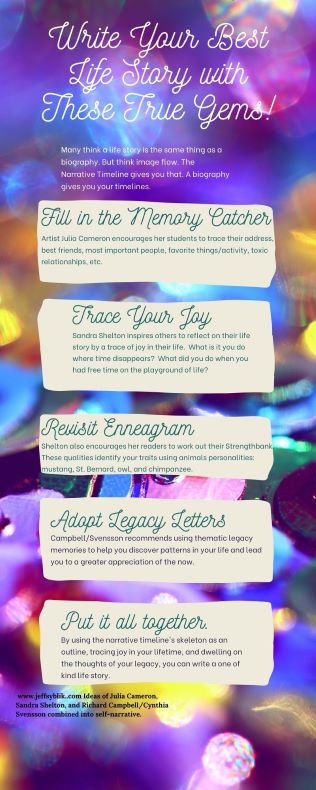
Closing the Chest
So, are you ready to be more powerful, more confident, more purposeful?
- What’s standing in your way?
- What can’t you wait to write about in your life story?
Let me know in the comments below. Until next time, keep becoming your top shelf you!
